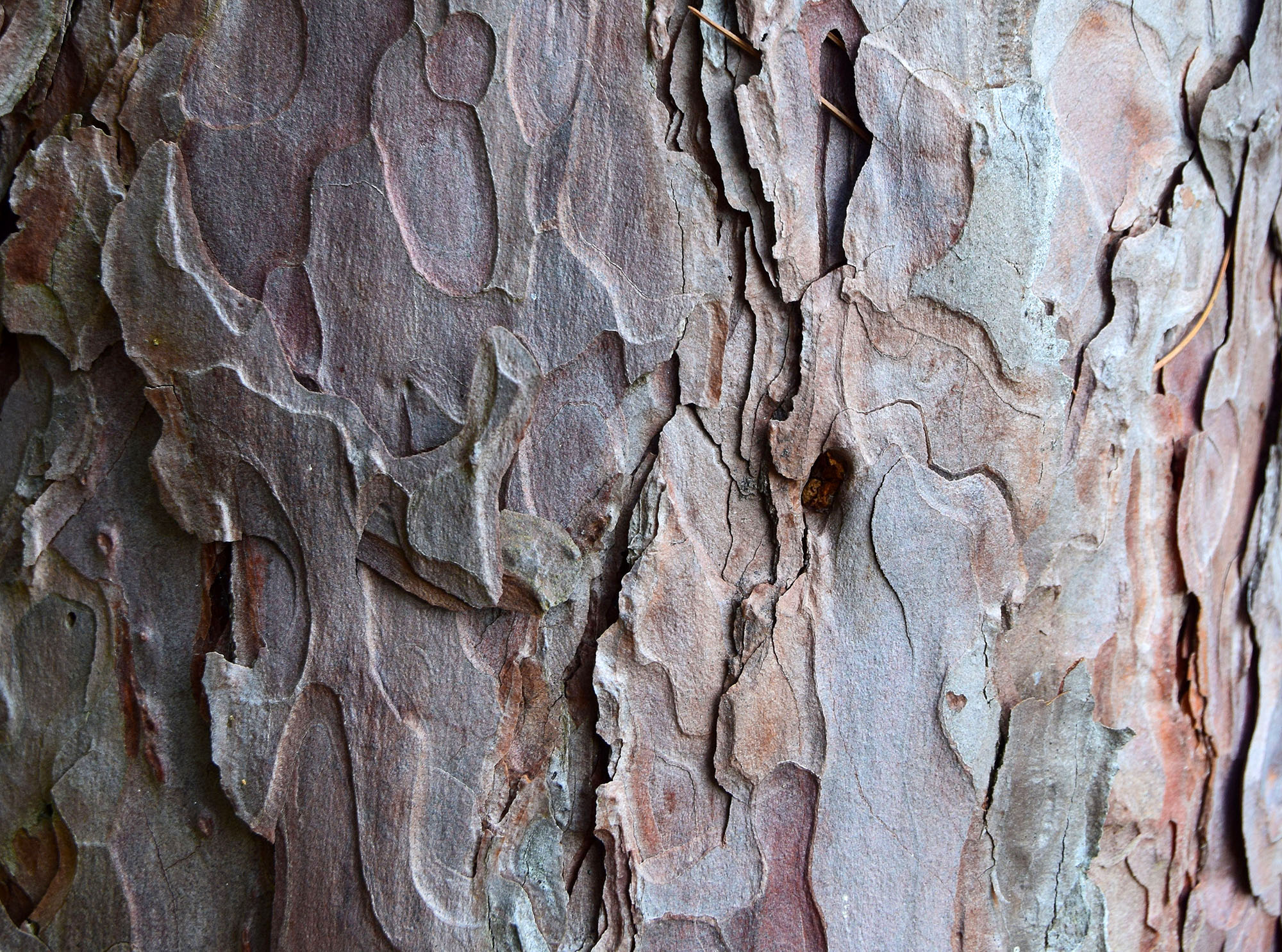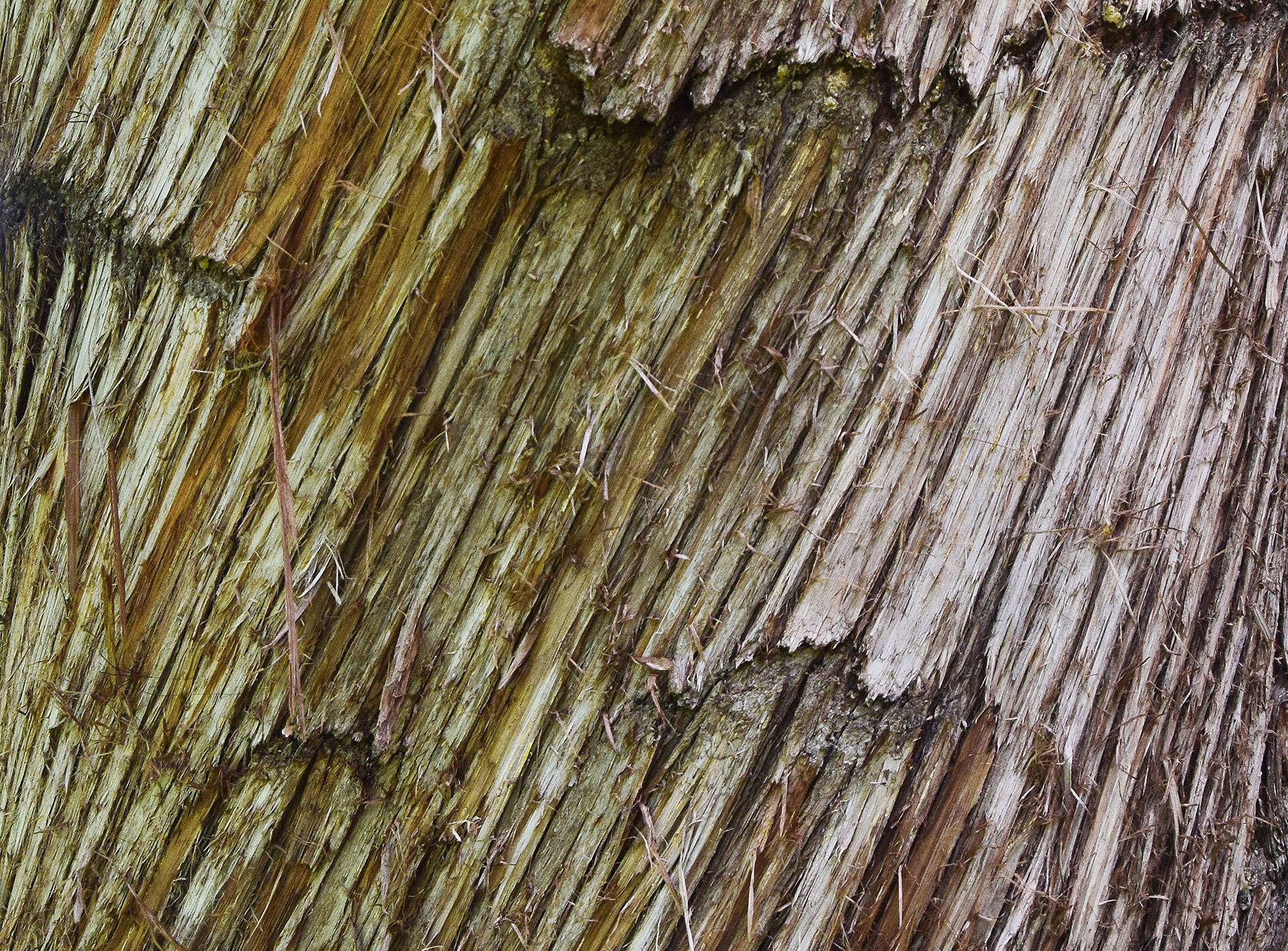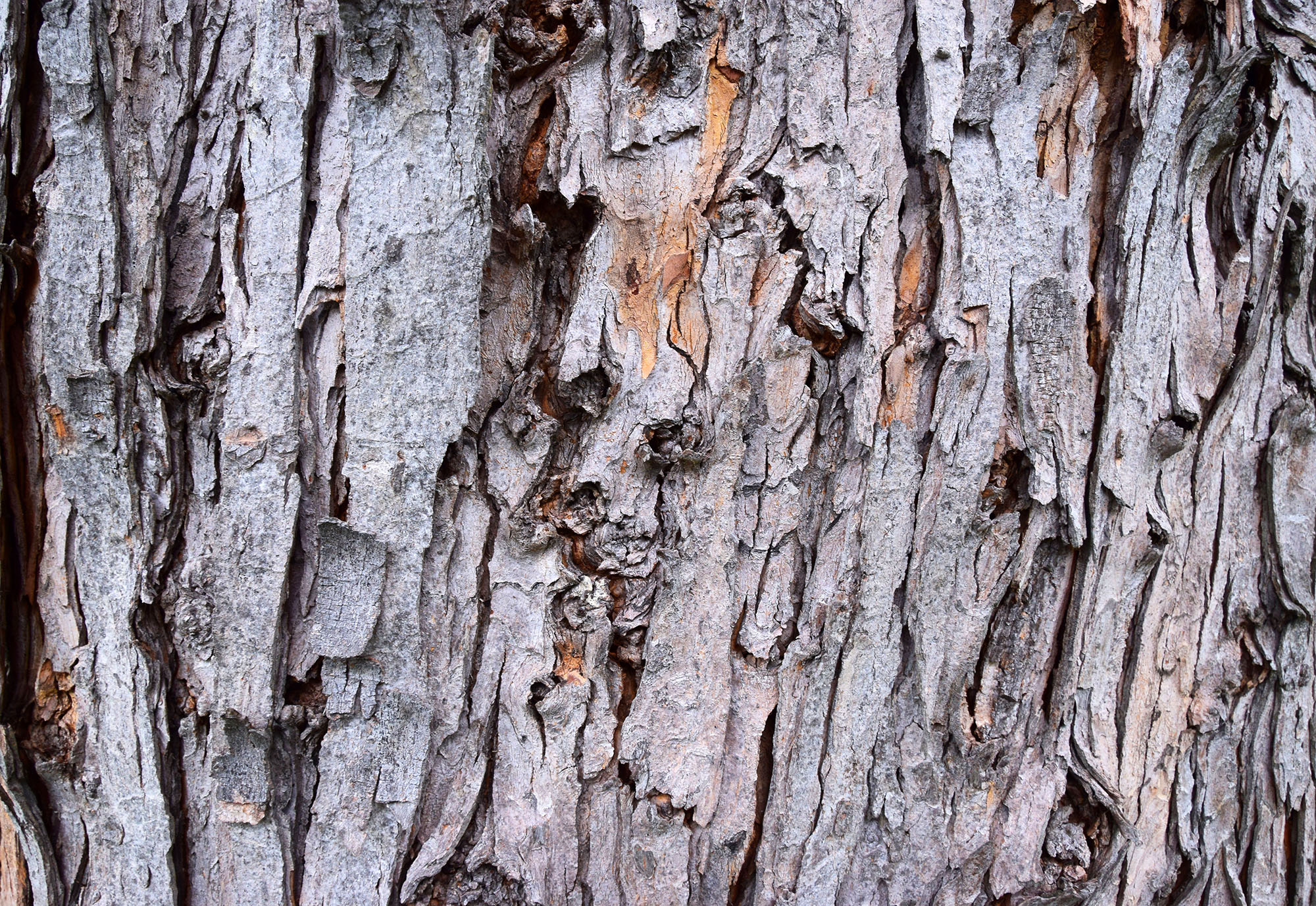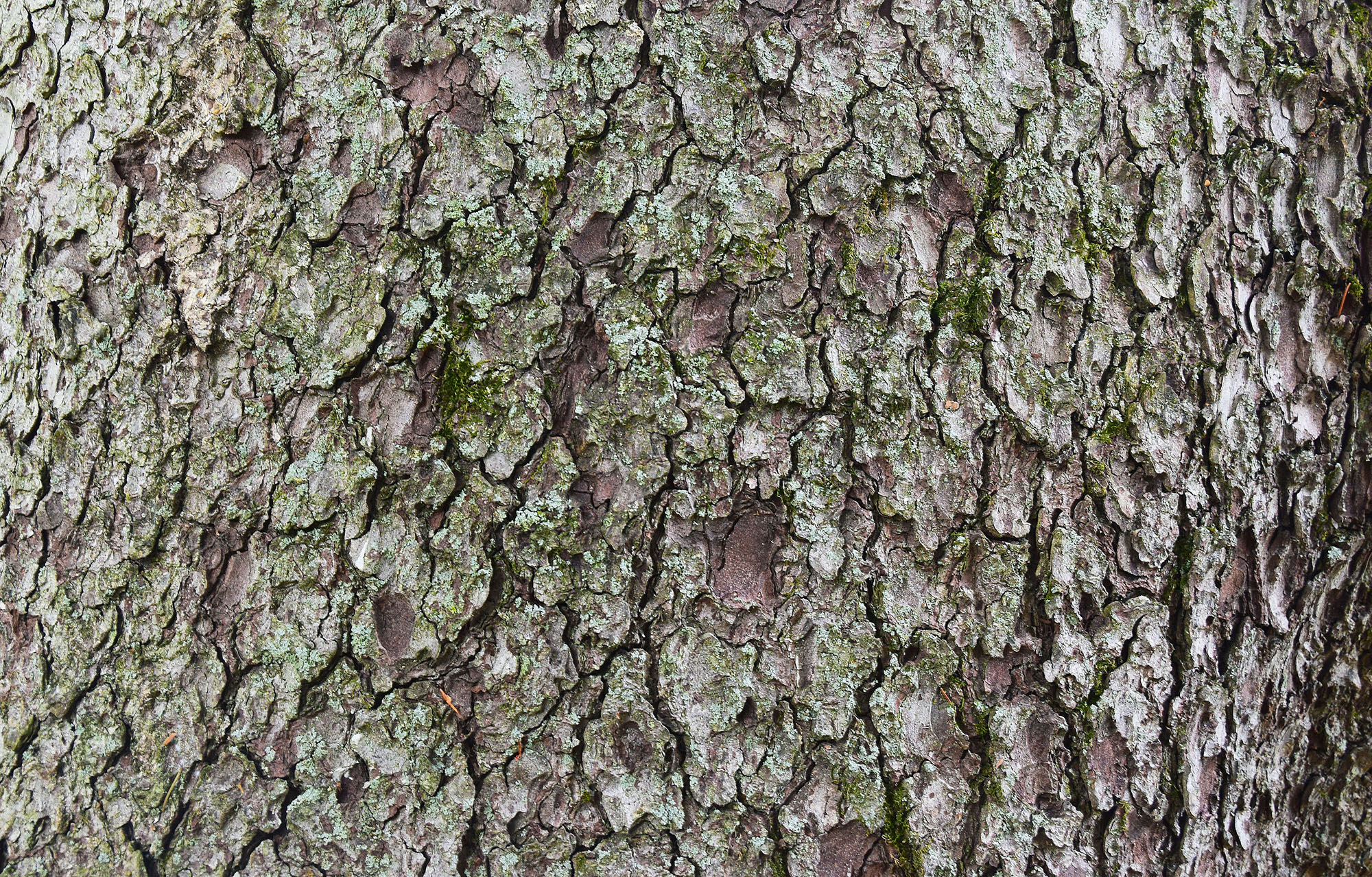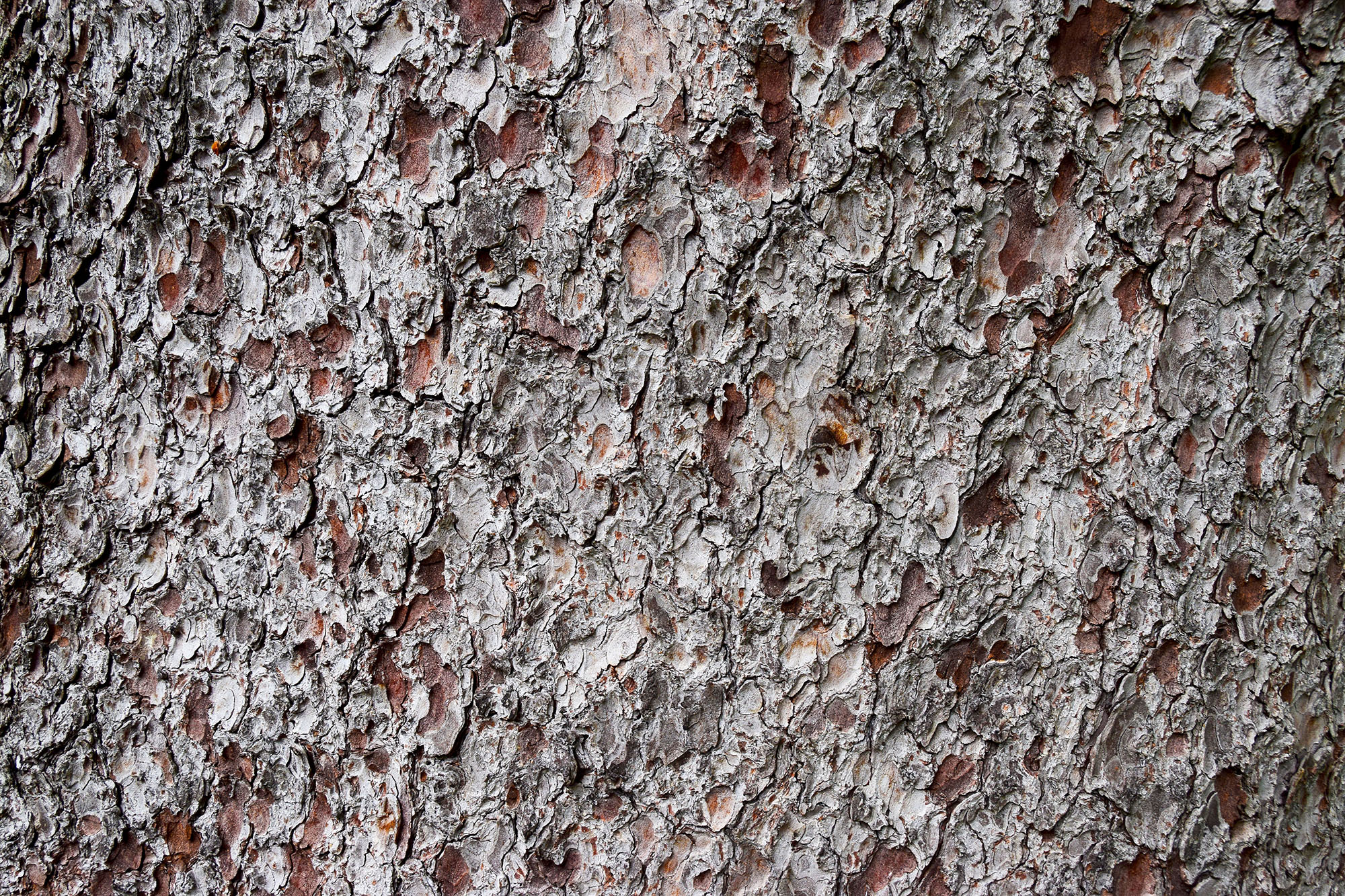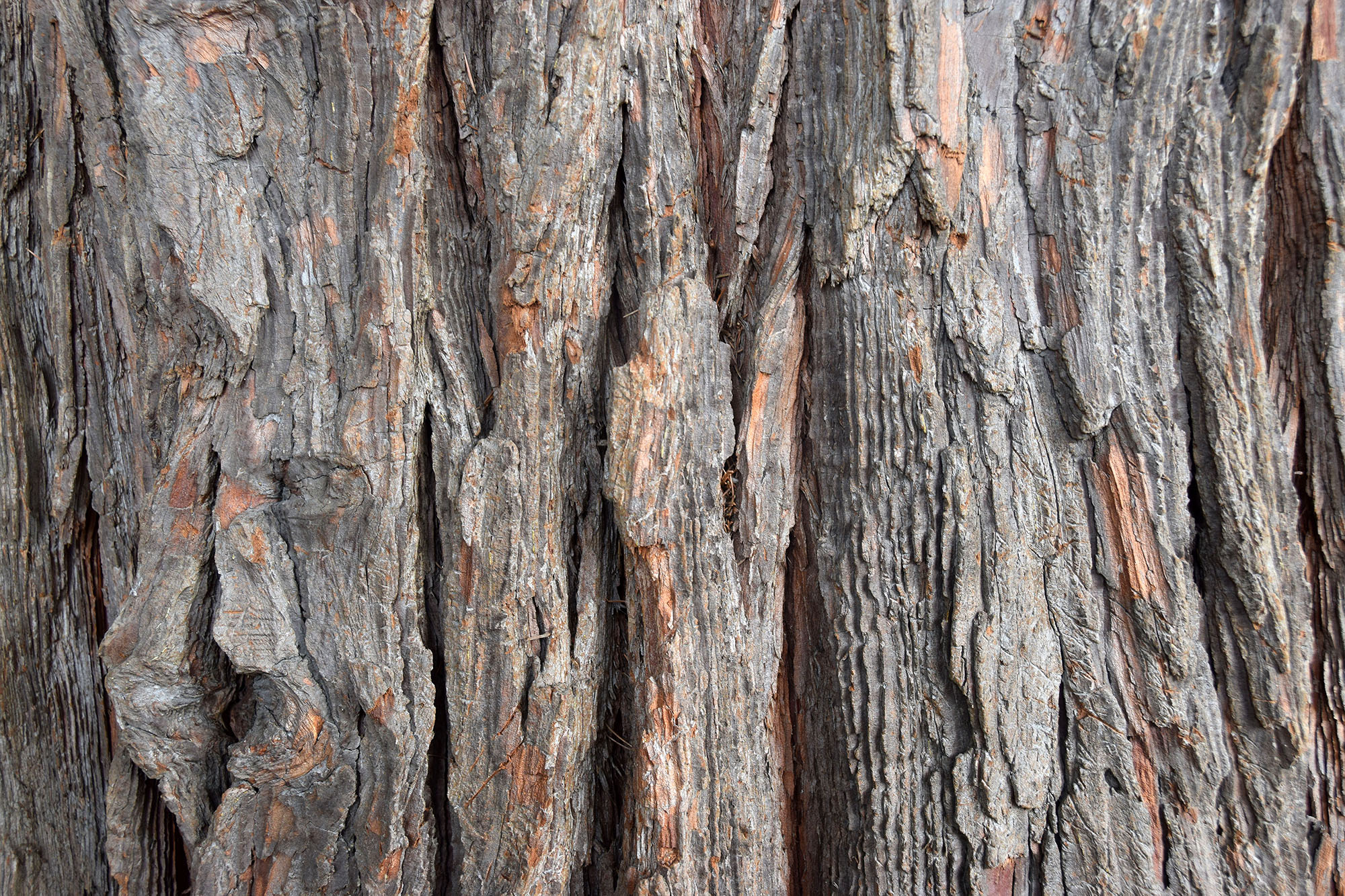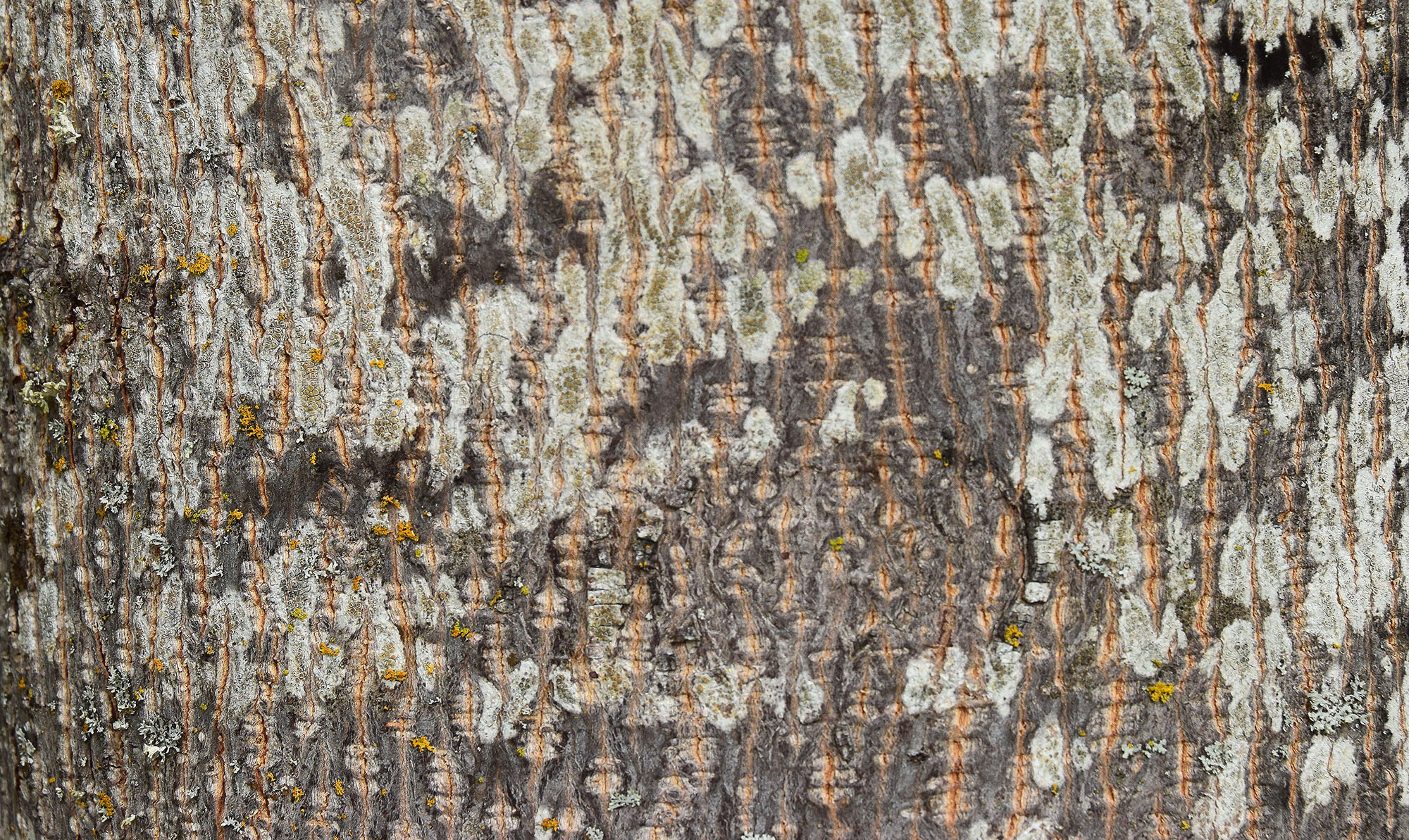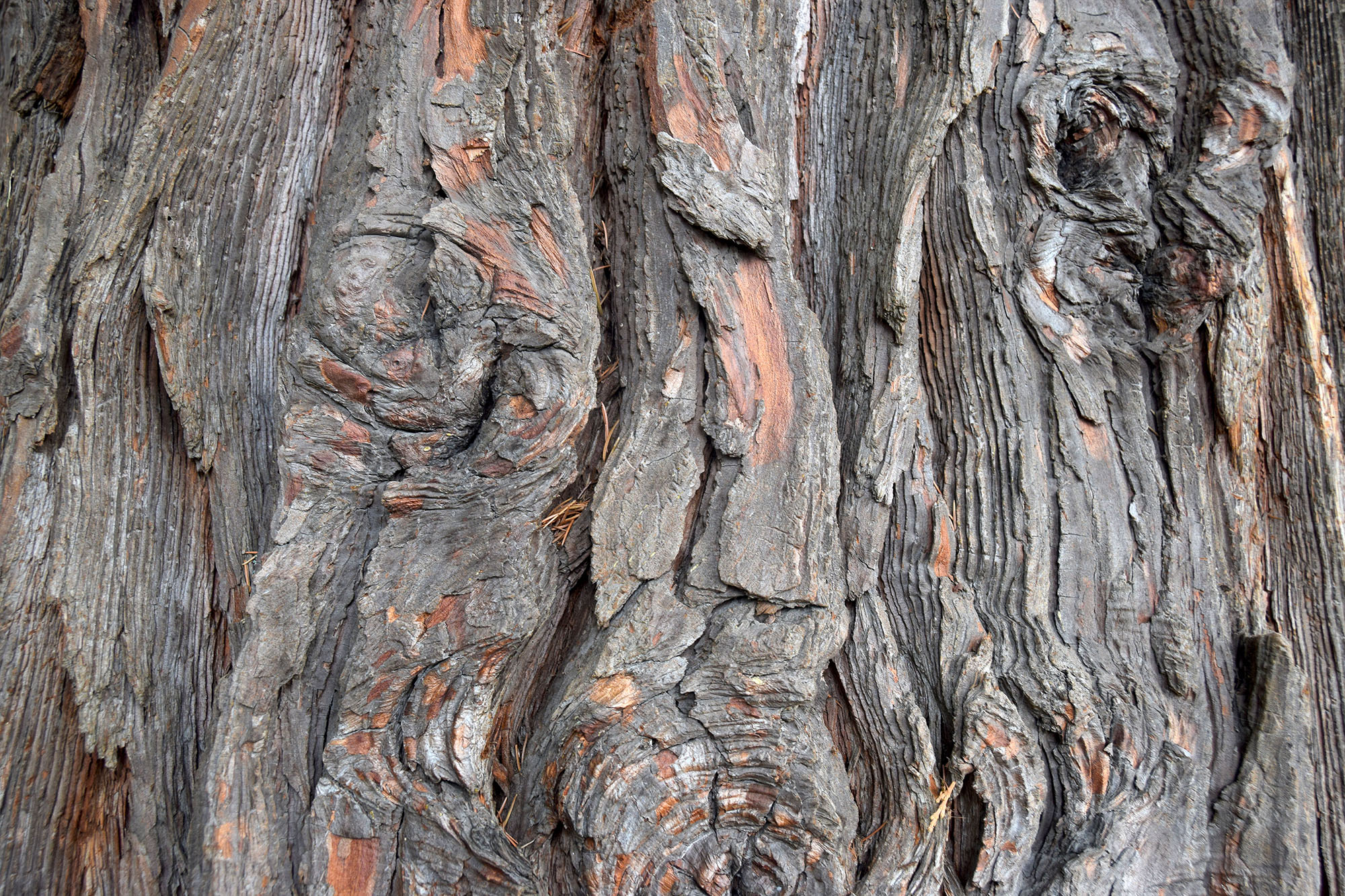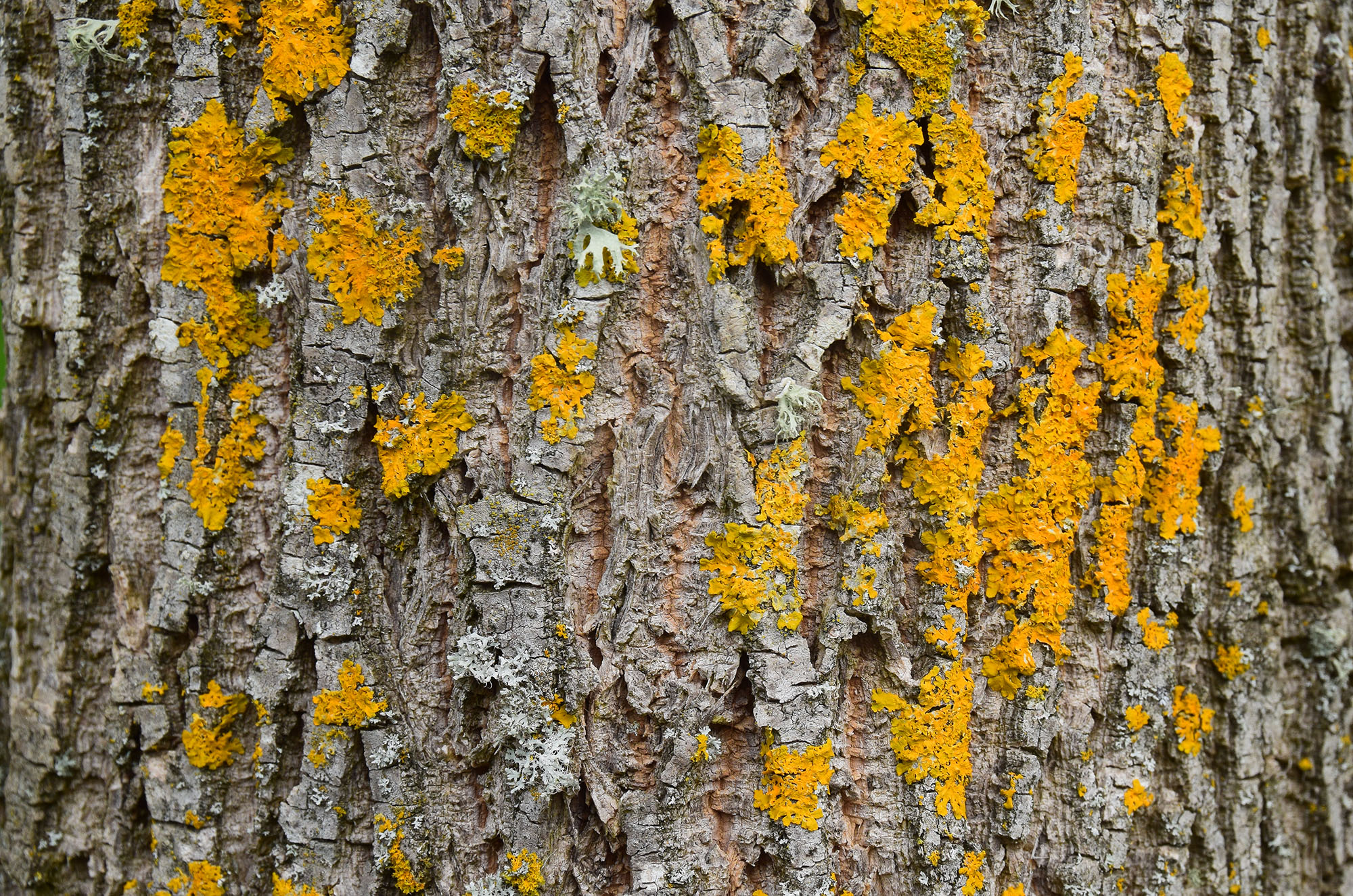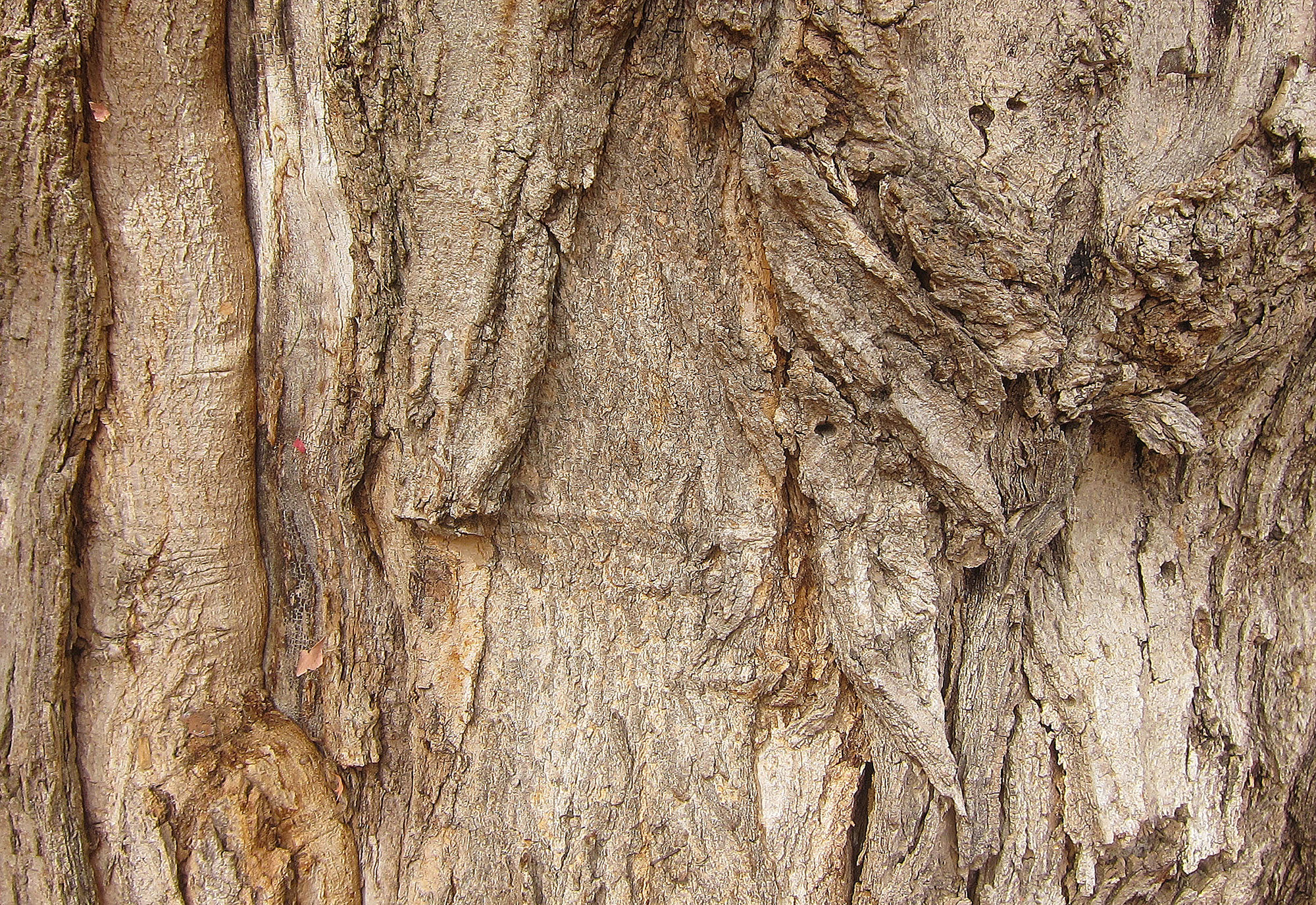
Arboretum Collections of Trees for Study


Arboretum Objectives:
- Provide examples of different types of arboretums including the functions they serve.
- Identify different parts of a cross-section of a tree stem and provide examples of different types of wood.
- Distinguish between different structures used to classify trees.
An arboretum is a collection of trees that can be grown for research, educational, and/or recreational purposes.
If you are driving south on I-5 between Portland and Corvallis, a highlight is the “Grove of the States” collection of trees located at the French Prairie Rest Area. Besides the usual restrooms and occasional free coffee, there are state trees from most of the 50 states.

Not all of the trees have made it; their climate requirements are not matched with the valley. But there are plenty of large established trees. It is surprising to see the trees that are shared by several states like white oak, red oak, and tulip trees.
Portland has Hoyt Arboretum, an impressive array of trees and picnic areas along trails close to downtown and accessible by mass transit. The arboretum programs emphasize youth education.
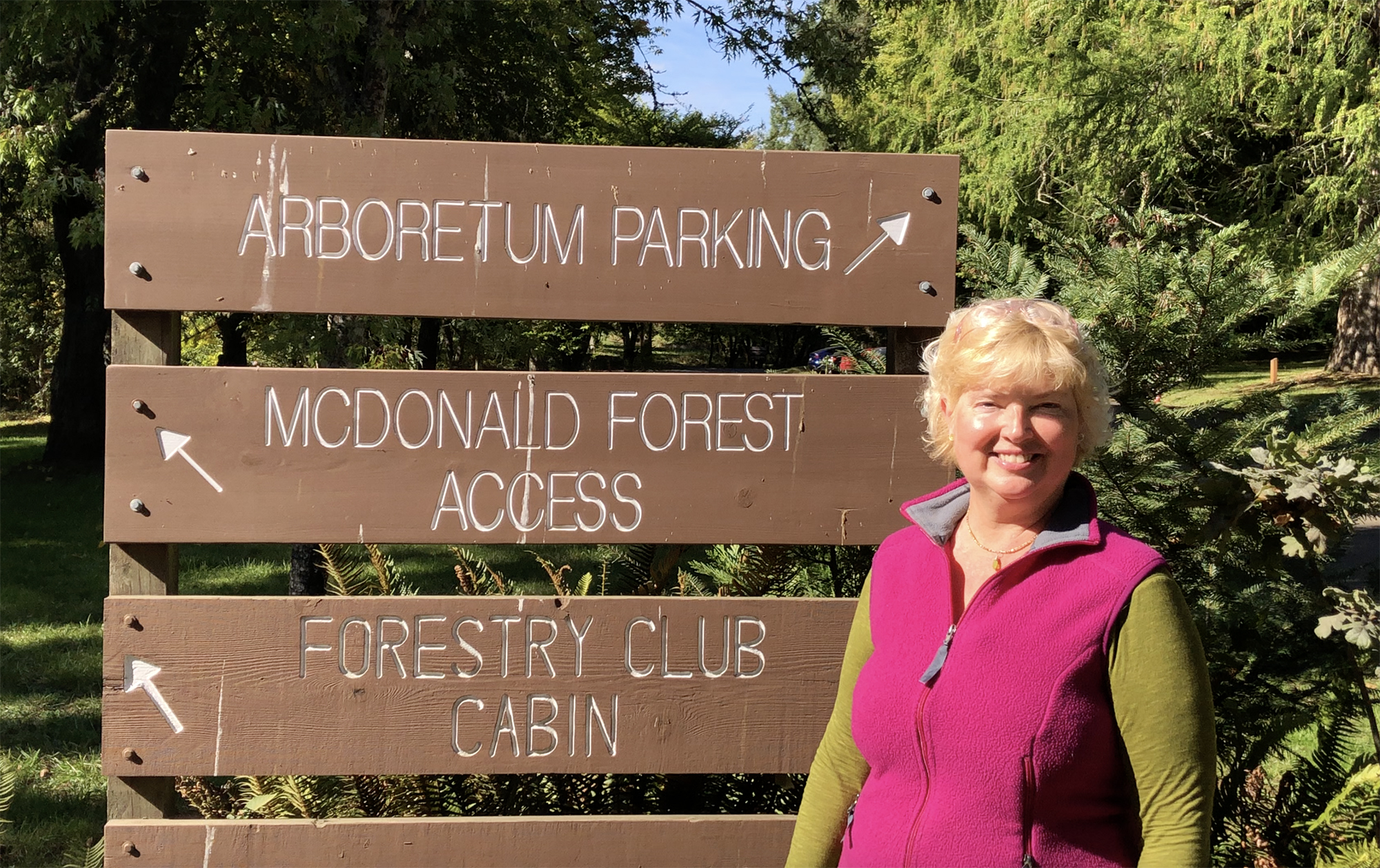
Just north of Corvallis is Peavy Arboretum and the McDonald Forest. This includes experimental plots used by researchers at Oregon State University.
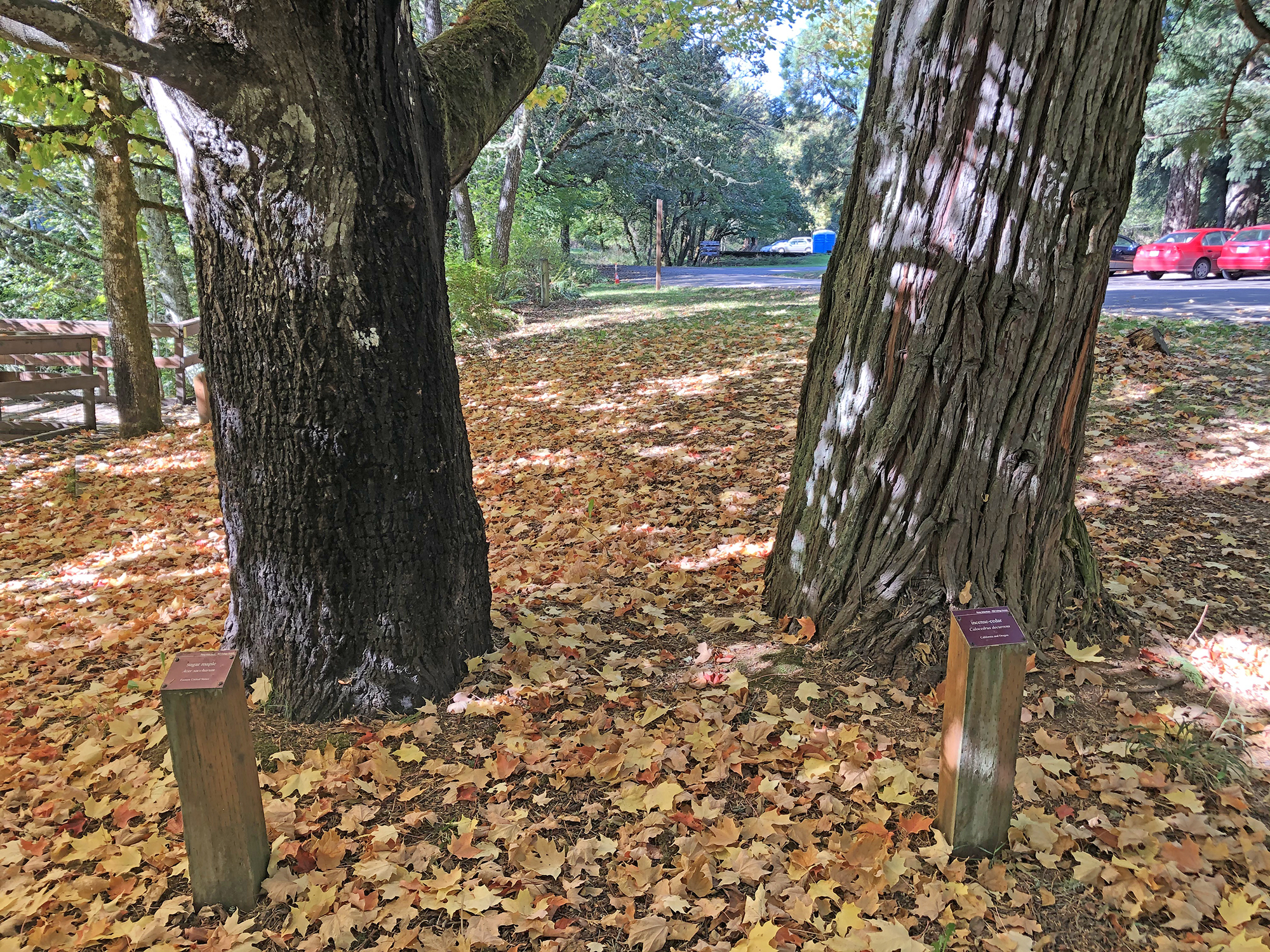
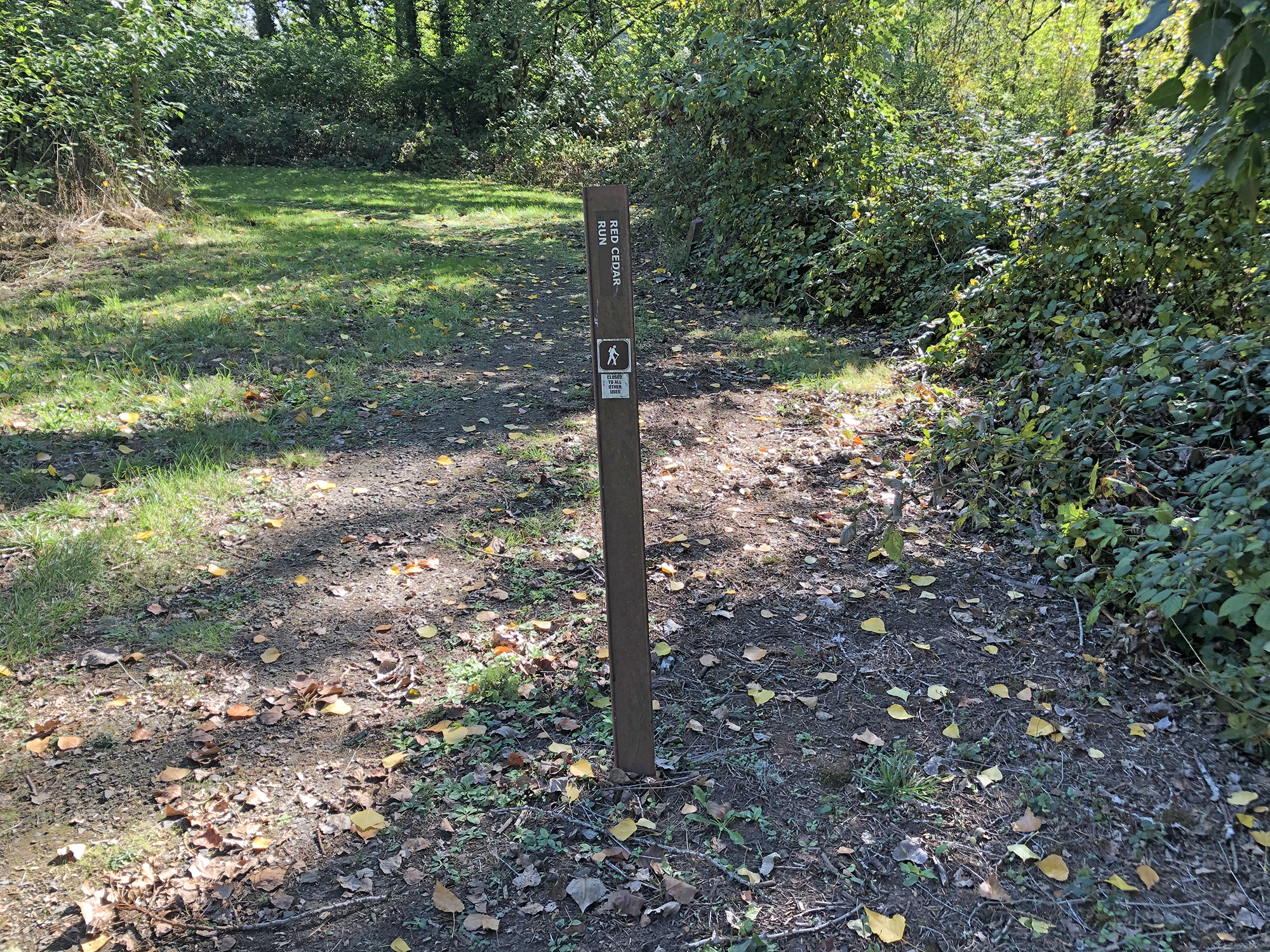
All of these arboretums highlight the environmental, cultural, and economic significance of trees. Earlier in the course we talked about trees in the context of forests and identified different types of coniferous trees.
Think of a “tree.”
What comes to mind? This video gets us thinking about what we already know about trees before adding in new information.
From earlier in the course, trees are vascular plants that are either gymnosperms (“naked” seeds often in cones) or angiosperms (seeds in fruit that developed from flower ovaries). Provide an example of a gymnosperm tree and an angiosperm tree.
Tree Anatomy

If you cut through the woody stem of a tree, there are clearly visible zones.
Heartwood (center) consists of dead cells in the center (“heart”) of the stem. The surrounding layer, which is generally lighter in color, is the sapwood, which consists of living xylem cells that transport water and minerals from the roots to the leaves. This layer is surrounded by the cork cambium, which includes the phloem, cells that transport sugar from the leaves to the roots, as well as bark which protects the entire stem.

Spring rain produces wide light-colored areas of tree rings called earlywood (springwood). When the growth rate slows in the fall and winter, the darker narrower areas of tree rings are formed. This is called the latewood (summerwood). So, one annual ring typically has both a light springwood area, and a darker summerwood area.
All of the “-wood” ending names can be confusing. This specimen box may clear this up.
A tree round, the cross-section of a woody tree stem, can tell a story of that tree’s growth history.
Economic Use of Trees
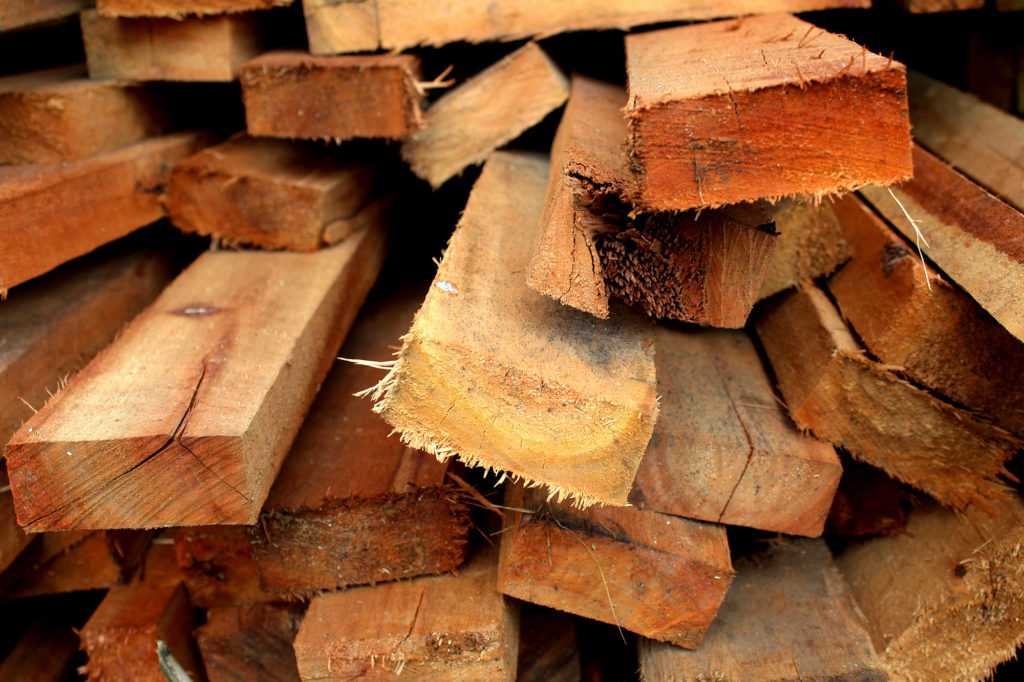
Softwood
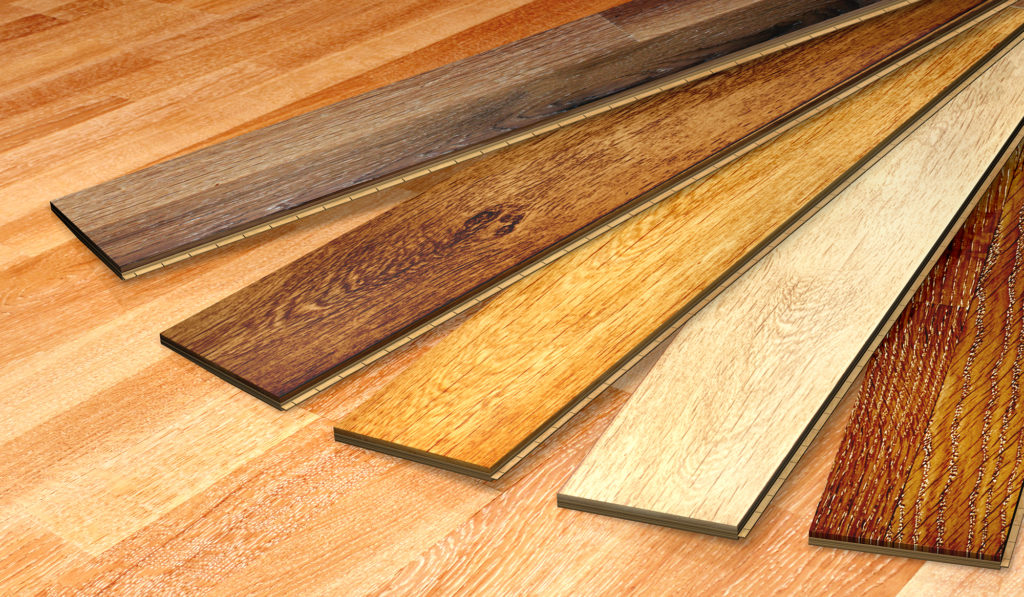
Hardwood
Identification
Trees can be classified based on many different characteristics, including overall shape, size, bark, wood, and leaves.
Bark can be used in tree identification. Some species like cork trees of the Mediterranean have very distinct barks.
Birch tree bark has large horizontal lenticels and an otherwise smooth surface.
Most of our interactions with trees is with the wood in our homes. Wood colors and grain patterns can be used to identify trees.
This is the end of the Living Collections Guide. The materials from this guide and corresponding lecture, as well as the Global Guide are assessed on the weekly quiz.

Check your knowledge. Can you:
- Provide examples of different types of arboretums including the functions they serve?
- Identify different parts of a cross-section of a tree stem and provide examples of different types of wood?
- Distinguish between different structures used to classify trees?
